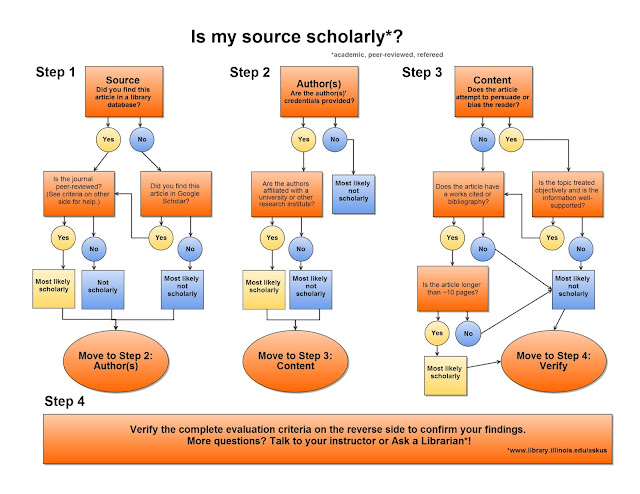Try these rules (and spare the old man's life and your error in meal choice!)
Between words or word groups in a series
Example: Medical supplies, food, blankets, and clothing were rushed to the flood area.
To separate parts of a compound sentence
Example: Many homes were flooded, and owners had to be rescued by police. (You can make two sentences: the comma helps split them apart.)
To separate a direct quote from the rest of a sentence.
Example: “We’re going home,” said Nick. She answered, “No, I’m staying.”
When you speak to someone, use a comma to set apart their name.
Example: “Alicia, please come and help me.”
IF YOU BEGIN A SENTENCE WITH “Yes,” “No,” “Well,” “Oh,”…..
- “Yes, I want to get better grades!” “No, I did not forget!”
- “Well, I’ll just try it again.”
- “Oh, I did my work yesterday.”
* The “Oxford” Comma
Used with three items:Example: “Peter, Paul, and Mary were a folk group during the 1960s.”
*(This often appears as “Peter, Paul and Mary.”)
(But this is the reason for the Oxford comma: otherwise, how do we separate the 2nd and 3rd members or items?)
Transition phrases get help from commas
- Example: Generally, one can see a transition phrase followed by a comma.
- Example: Moreover, they are at the head of a sentence.
- Example: However, there’s always someone who forgets them!
- Example: Therefore, use them with a comma!
- Example: In fact, they work much like transitions.
- Example: On the other hand, they lend a big hand to a sentence.
- Example: For that matter, they handle the work of a smaller phrase.
- Example: All things considered, they are useful.
- Example: As far as I’m concerned, it’s just about obvious that a comma makes a difference.
- Example: In spite of the best intentions, students still argue and fuss that they don’t understand them.
- Example: After all the presentations are done, I’m sure everyone grasps the idea—or else.
If two or more adjectives describe or modify the same noun, make sure they work separately if appropriate:
- “He was a bashful, sleepy kid.”
- “The eager, radiant princess kissed the slimy, vile frog.”
Other uses of commas
In addresses, to separate smaller from larger units: Washington, D.C.
Albertville, Alabama
Date (if day/month/year is used. NO if only month-year):
June 14, 2006, was a very good day for a wedding.

















